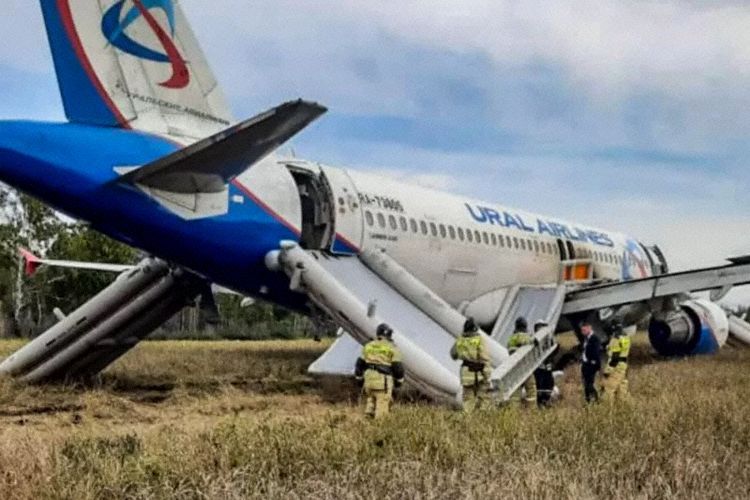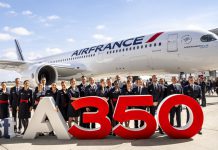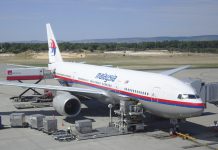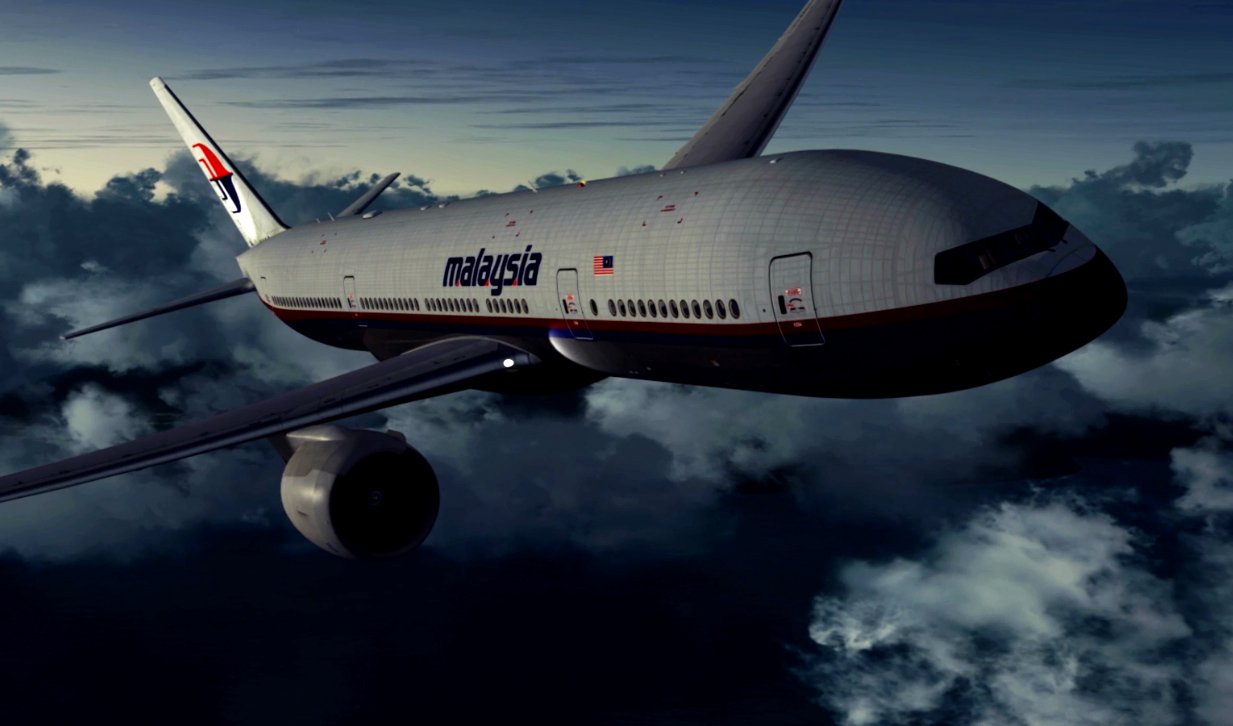Sir Tim Clark, President of Emirates Airlines, turns 70 years on November 22. Since its inception in 1985 he has been the driving force in establishing what today is the world’s biggest international airline, operating 267 aircraft, including 113 A380s. In a lengthy exclusive interview with Andreas Spaeth in Berlin, Sir Tim describes his assessment and vision of the airline industry. This is the second of a two-part series.
READ Part 1: Emirates’ chief Tim Clark slams airlines over poor use of A380

READ: Qatar Airways stopovers are winners for passengers.
Your 70th birthday is coming up next week. Are the questions about your succession becoming more urgent?
Tim Clark: Seventy is a defining age now for the leader of a business the size of Emirates. The succession planning is always been a difficult one because the owners, the Dubai government, are pretty conservative about that. So if there are people that make it all work for them they are very reluctant to let them go. And there is evidence of that in other areas. The notion that a business’s success is related to an individual is a very high risk given the scale. This discussion will be had. Hopefully, I will drive most of it in a manner that will not have me hang around. When you are out, you are out. But maybe the government may have a simple idea (about) what people like me do, so long as we are able to. The idea is not to be far away from them, they can turn to us if they want to, but you don’t run the business. That’s a fairly elegant solution. When is that going to happen? I don’t know.
What is your own and the shareholder’s idea about a successor?
Clark: I am looking after fleet and general direction but gradually I pass it all over to people working closely with me for a long time like COO Adel Al Redha and CCO Adnan Kazim. I am testing it and it’s working. If I would have to step out for reasons beyond my control the company would keep going. The Sheikh is quite content with that. If I could get a UAE national to replace me it would be good. Running a company this size by an expat is a bit embarrassing. We have a very strong cadre in our senior management, both national and expatriate. Now we are far more mature in our ability to deal with the succession.
You haven’t been hiding your discontent with the reliability of aircraft and engine manufacturers recently…
Clark: The business is sick and tired of taking engines and aircraft that are not mature at entry into service. The Rolls Royce Trent 900s on the A380s continue to have issues and they are having new campaigns to make good. In the end, you get to extreme situations like the Boeing 787 groundings with the Trent 1000, coming at a time when the 787’s entry into service was a disaster, let’s be quite clear about that, though it’s essentially a very good aeroplane.
Has technology been pushed too far?
Clark: The engine manufacturers overpromised. They have gone too far with their understanding and belief (about) what technology will be delivering to them at the time they need to have it in place. When they say in 2025 they will have a revolutionary bypass engine, which will do this and that, is that wishful thinking – or can they demonstrate that they are able to get there with the technology available? For many years propulsion manufacturers did nothing. They sat fat, dumb and happy with CFM56s, Trents and single-aisle orders kept coming, there was no business case, no imperative to start doing new things. They had an order book full for five years with 3,000 aircraft, so what’s the incentive? Then the environmentalists started to kick in in 2006 and the cost of fuel went through the roof. But the airline community said: ‘We need aircraft that are cheaper to buy and operate.’
Are there any other culprits beyond the engine suppliers?
Clark: Even the metallurgical suppliers have not really bothered to do any R&D because nobody told them to. Since they introduced titanium into aluminum, it lightened up, increased the tensile strength of the aircraft and it became a competitor to composites. But why didn’t they do it all those years ago? We are in a transition phase of technology, we have taken quantum leaps in propulsion in areas like emissions and fuel burn, thrust, weight etc. What I am trying to say to the business: Take yourself to maturity, do not keep pushing the boat out, and innovate in parallel too with what you are actually doing. Then when you are ready to cross over with a mature program then do it, don’t use us as guinea pigs. Someone there should stand up and say: No, we can’t do that.
Did anything change since your last public outburst in September?
Clark: Other airlines, A320 operators, told me: At last somebody stood up and said it. Strange that nobody else stood up. Maybe people just got used to it or it is a kind of acceptance that this is the way things are. A lot of people, a lot of entities, have become very rich on the back of the airline industry. I am not content with the way the distribution of this wealth we are responsible for is taking place. We are fighting for margins in a very competitive market place while the Business-to-Business (B2B) side of it sits there fat, dumb and happy. They’ve had it very good for too long. I am saying two things to the B2B people: We will not accept your products if they don’t perform as it affects our customer relationship and then we are in trouble with the regulators, not you. Second we will not pay the prices you are asking for before you give us a product that is reliable. Then we’ll have a happy partnership. And that includes the lessors.
Do you have a practical example?
Clark: I want 12,500 to 14,000 hours on wing for an engine, which is a minimum of 5,000 to 6,000 cycles before a shop visit. Today it is a lot less. The A330neo was offered to us at 300 cycles before the first intervention, an inspection by borescope. What we demanded was 4,000 cycles. On the Boeing 757-200, the Rolls Royce RB211-535E engine from 1988 was on the wing for 20,000 hours. That’s the life of the airplane. That’s where we were, with reliable technology. Now it’s the transition, as they are testing blades out of composites.
How is your current assessment about the progress of the delayed Boeing 777X for which Emirates is by far the biggest buyer with 150 aircraft ordered?
Clark: The structural failure during ground stress tests in September at 1.48 times the ultimate load has alarmed me, the nature of the failure. I am thoroughly questioning exactly what actually happened during this failure. This wasn’t just a small crack, it was a major failure. I need to see exactly what they are going to do about that. Where it failed they didn’t appear to have any stress gages as they didn’t think it would fail there. On top of this, we will now have the aircraft only in 2021 as I am not accepting any aircraft that hasn’t had a minimum of 16 months flight test program, though Boeing offered to deliver it with less testing. Even the 737MAX had 16 months of testing – and it was just a derivative!
How will the additions of new smaller wide-bodies affect your performance – if you get your hands on them?
Clark: The Airbus A350-900 and the Boeing 787-10 would allow us to fine-tune demand a little bit better with supply on certain routes. The A330neos would be great for regional routes to Bahrain, Muscat and around the Gulf, they would increase our profitability. But we are compromised in our ability to generate cash and margin and profit by the fact we just can’t get these aeroplanes. I would rather have the A330-900neo sooner, with its new wing and new propulsion it is actually quite a good aircraft. On paper, it would fit many of our routes very well, so that’s why we bought 40 of those. The original Letter of Intent was about having them in service next year. But they aren’t available then with the engines we need yet.
























